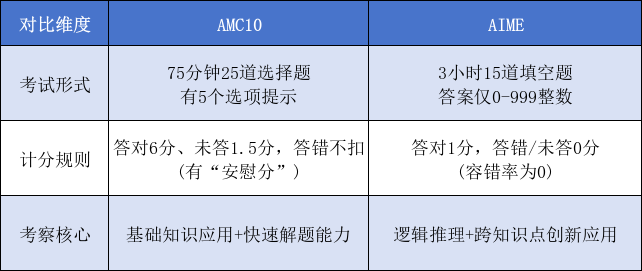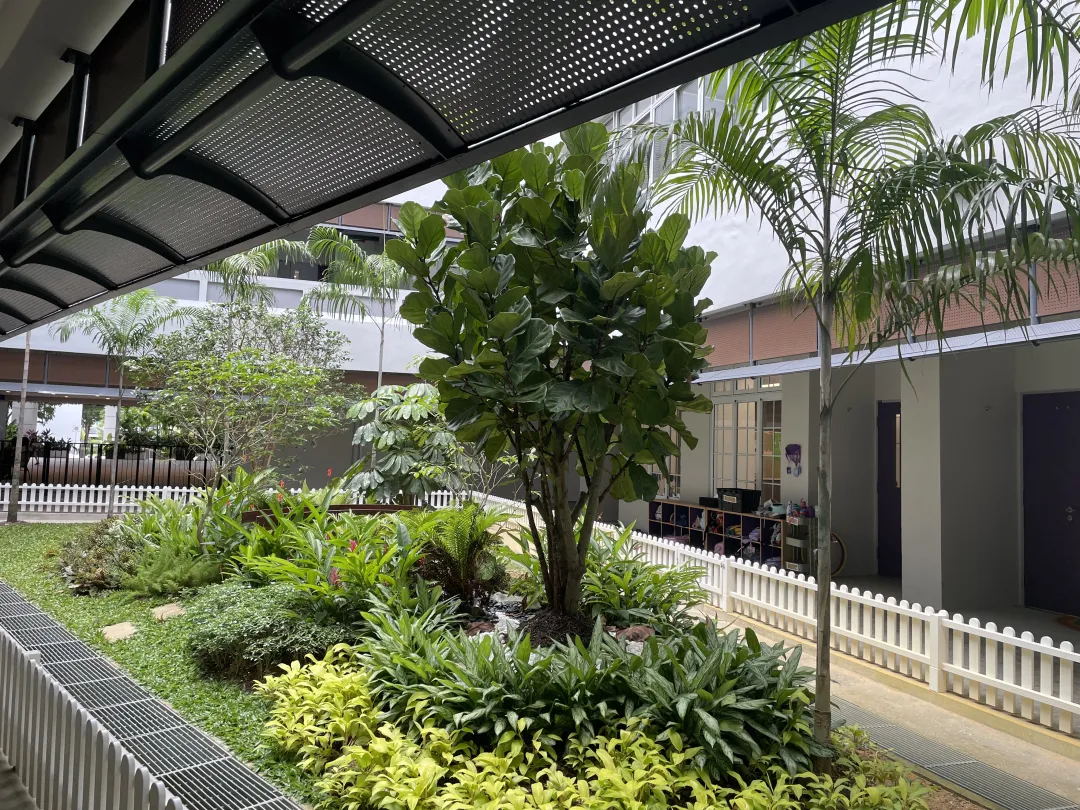中文赛题:资助生物多样性保护
背景:数千种动植物面临着可能导致其灭绝的威胁,而可以拯救它们的生物多样性保护行动却经常有效。当生物多样性保护的资金有限时,资金管理者会面临困难的决定。管理者需要决定他们应该资助哪些项目来最好地实现他们的目标,而不仅仅是拯救大多数物种。如何分配这些资金非常重要,特别是如果某些保护行动的效益因项目而异,具体项目的行动成本又不同,而这些行动的可用资金远远低于支持所有拟议项目所需的资金。
每个项目的时间线和生命周期的变化使这个问题变得更加复杂。保护项目可能需要进行几年或几十年的时间,项目期间发生费用的时间点可能会因项目范围、位置、目标物种和责任机构的不同而有很大差异。这意味着保护项目的预算必须在项目的整个生命周期内提供足够的资金。此外,由于项目对时间和资源的需求不同,管理者需要密切监控他们的预算,以便有效地分配资金。例如,当某些项目在某些时候需要更多的资金时,他们需要确保有足够的资金可用,并利用在同一时间资金需求的较少项目。
目标:确定如何有效地资助濒危和受威胁物种的生物多样性保护活动,这些保护活动的预期成本会随时间变化。
HiMCM案例:优先考虑佛罗里达州(美国)的植物保护行动和资金
佛罗里达州是植物多样性保护的热点地区之一,其20%的物种受到威胁。在《美国濒危物种法》(ESA)的作用下,只有2%的这些植物物种(约64种)得到了保护,但目前资金不足,无法保护数量有限的物种。佛罗里达珍稀植物保护基金会(FRPCE)(见附件A)是一个由保护管理者牵头的信托基金,长期提供资金支持佛罗里达稀有和濒危植物物种的研究和保护。这项信托基金的目的是吸纳足够的捐款,以支付保护的前期费用和目前传统筹款活动难以应付的长期费用。
要求:
-
考虑到需要保护佛罗里达州的濒危植物物种并在未来对其进行管理,建立一个模型,向FRPCE董事会建议“长期和可靠”资金所需的最低筹资额。出于HiMCM问题的目的,我们将把我们的分析局限于所附数据(附件B)中包含的48种濒危物种。请注意,数据库中的每一行都表示一个物种的保护项目。
-
确定并讨论FRPCE董事会在其保护工作和预算决策中应考虑的相关目标。根据这些目标,你会用什么方法来评估一个提议的筹款计划是“最好的”?
-
列出并说明濒危植物物种的一些一般特征。指出你将在你的决策模型中使用的保护这些物种的因素。
-
为FRPCE董事会开发一个模型或算法(或一组模型或算法),用于确定一个筹资时间表(不同时间点要求的资金),该计划将最大限度地减少需要筹集的资金,但仍然获得必要的资金来实施我们48个物种保护项目,并在未来对其进行管理。
-
-
运用你的模型,向FRPCE董事会推荐物种保护项目的优先资助顺序,以便在一段时间内平衡可用资金与这些项目所需的支出。讨论你的建议。
-
写一页非技术性备忘录给FRPCE董事会解释你的结果,并根据你的建模和分析提出建议。
你们的(PDF格式)论文页数不能超过25页,并且应该包括:
- 一页摘要。
- 目录。
- 你们完整的解题过程。
- 参考文献。
- 一页备忘录。
注意:HiMCM 竞赛现在有25页的限制。你提交的论文所有部分(摘要、目录、参考文献和任何附录)的总页数必须控制在25页以内。
附件:
-
附件A:佛罗里达濒危植物保护基金会
-
附件B:HiMCM2020ProblemB_ThreatenedPlantsData.xlsx 濒危植物数据
数据字段:
-
unique_id:该物种的唯一植物标识符。
-
Benefit:表示资助一个物种预期相对保护价值。它考虑到物种受到威胁的程度,以及采取保护措施恢复物种的容易程度。
-
Taxonomic Uniqueness:衡量物种唯一性的指标;数字越大,表示越独特。
-
Feasibility of Success:如果所有的行动都得到资助,物种将免于灭绝的可能性。
-
Year "n" cost*:对于第一行上的物种保护,该项目第“n”年的估计成本(美元); {1, 2, 3, , 25}。
词汇表:
-
生物多样性:在一个特定的时间内,特定栖息地内不同植物、动物和其他物种之间的多样性或多种类的数量。
-
生物多样性保护:保护和保存地球上多种多样的物种、栖息地、生态系统和遗传多样性的活动。
-
濒危物种:种群数量急剧减少,濒临灭绝的物种。
-
传统筹款:每年或定期进行的筹款活动,包括要求捐款以达到特定金额。
比赛组委会感谢来自亚利桑那州和佛罗里达州的研究人员在设计本问题的帮助。在HiMCM比赛结束后,COMAP将在HiMCM网页和春季联合出版物上公布这些研究人员及其机构。
附件A:佛罗里达濒危植物保护基金会
佛罗里达州拥有丰富而独特的自然多样性,约占美国本土植物类群的18%。但随着持续的威胁,濒危物种的数量增加,该州被视为优先保护区。根据《美国濒危物种法》,佛罗里达州不到5%的濒危植物物种得到保护,只有一小部分保护佛罗里达植物所需的行动得到资助。由于现有的植物保护资金不足以支持濒危植物的研究、保护和管理,代表佛罗里达州七个机构的一组保护专家于2015年开始对话,发起佛罗里达稀有植物保护基金会(FRPCE)。FRPCE是一种机制,旨在提供长期和可靠的资金,以支持佛罗里达濒危植物物种及其生态系统的相关保护项目。
摘自:Negron-Ortiz, V. (2019, July 27-31). A Conservation Endowment for imperiled plants in Florida [Conference session]. Botany 2019 Conference: Sky Islands and Desert Seas, Tucson, Arizona. The Botanical Society of America。经作者许可印刷。
英文赛题:Funding Biodiversity Conservation
Background: Thousands of species of plants and animals face threats that could result in their extinction, while biodiversity conservation actions that could save them are often available. Conservation managers face difficult decisions when there is limited funding for biodiversity conservation. Managers need to decide which projects they should fund to best achieve their objectives, not the least of which is to save the most species. This is particularly important if the benefits of certain conservation actions vary across projects, the costs of these actions for specific projects differ, and the available funding for these actions is considerably less than is needed to support all proposed projects.
One issue that makes this a more difficult problem is the varying timeline and life cycle of each project. Conservation projects can take years or decades, and the schedule of when costs are incurred during the project can vary significantly depending on the project's scope, location, targeted species, and responsible agency. This means that budgets for conservation projects must provide adequate funds for the entire lifetime of the project. Additionally, managers need to closely monitor their budgets to efficiently allocate funds as demand for resources vary across projects and time. For example, they need to ensure they have adequate resources available for times when some projects require more funding, and take advantage of times when some projects require less.
Objective: Determine how to efficiently invest in biodiversity conservation activities for endangered and threatened species that take place over long time frames, and whose expected costs change over that time.
HiMCM Case: Prioritize Action and Funding for Plant Conservation in Florida (USA)Florida is one of the hotspots for plant biodiversity conservation, with 20% of its species imperiled. Only 2% of these plant species (~64) receive protection under the US Endangered Species Act (ESA), but funding is currently inadequate for protecting even this limited number of species. The Florida Rare Plant Conservation Endowment (FRPCE) (see Attachment A) is a trust fund spearheaded by conservation managers to provide funds over time to support research, protection, and conservation of rare and imperiled plant species found in Florida. This trust fund aims to generate an adequate endowment to pay for both the up-front costs of conservation and the long-term costs that are currently difficult to meet with traditional fundraising campaigns.
Requirements:
-
Given the need to recover imperiled plant species in Florida and manage them into the future, develop a model to advise the FRPCE Board of the minimum fundraising required for "long-term and reliable" funding. For the purposes of this HiMCM problem, we will limit our analysis to the 48 imperiled species included in the attached data set (Attachment B). Note that each row in the database indicates a recovery project for a species.
- Identify and discuss relevant objectives that the FRPCE Board should consider in their conservation efforts and budgeting decisions. Using these objectives, what measures would you use to evaluate a proposed fundraising plan as being the "best?"
- List and address some general characteristics of imperiled plant species. Indicate the factors involved in these species' protection that you will use in your decision model.
- Develop a model or algorithm (or set of models or algorithms) for the FRPCE Board to use to determine a fundraising schedule (money required with timeline) that will minimize the funds required to be raised, yet still obtain the necessary resources to implement the recovery projects for our 48 species and manage them into the future.
-
Apply your model to recommend to the FRPCE Board a priority order of funding for the recovery projects that will manage balancing the funds available with the spending required on these projects over time. Discuss your recommendation.
-
Write a one-page non-technical memo to the FRPCE Board explaining your results, and make recommendations based on your modeling and analysis.
Your PDF solution of no more than 25 total pages should include:
- One-page Summary Sheet.
- Table of Contents.
- Your complete solution.
- One-page Memo.
- References list.Note: The HiMCM Contest now has a 25 page limit. All aspects of your submission count toward the 25 page limit (Summary Sheet, Table of Contents, Reference List and any Appendices).
Attachments:
-
Attachment A: A Conservation Endowment For Imperiled Plants In Florida
-
Attachment B: HiMCM2020ProblemB_ThreatenedPlantsData.xlsx
Data Fields:
-
unique_id: the unique plant identifier for that species.
-
Benefit: a measure that indicates the expected relative conservation value of funding one species over another. It takes into account information about how threatened a species is and how easy it would be to perform the conservation actions to recover it.
-
Taxonomic Uniqueness: a measure of the uniqueness of the species; larger number indicates greater uniqueness.
-
Feasibility of Success: the probability that the species will be protected from extinction if all of the actions receive funding.
-
Year "n" cost: the estimated recovery cost in US dollars for each row's species in the "nth" year of that project; {1, 2, 3, , 25}.
Glossary:
-
Biodiversity: the amount of diversity or variety between different plants, animals, and other species in a given habitat at a particular time.
-
Biodiversity Conservation: the practice of protecting and preserving the great variety of species, habitats, ecosystems, and genetic diversity on the planet.
-
Imperiled Species: those species whose populations have decreased so dramatically that they are at risk of extinction.
-
Traditional Fundraising: fundraising efforts or campaigns that occur annually or on a regular schedule that involve requests for donations to attain a specific total monetary goal.
COMAP thanks researchers from Arizona and Florida for their assistance in developing this project. Upon completion of HiMCM, COMAP will recognize these researchers and their institutions on the HiMCM webpage and in our spring Consortium publication.
Attachment A: A Conservation Endowment for imperiled plants in Florida
Florida has a rich and unique natural diversity, with about 18% of native U.S. plant taxa. But with ongoing threats, the number of imperiled species has increased and the State has been considered a conservation priority region. Less than 5% of imperiled plant species in Florida receive protection under the U.S. Endangered Species Act, and only a small portion of actions needed to recover Florida plants have been financed. Because existing plant conservation funding is inadequate to support research, protection, and management of imperiled plants, a group of conservation specialists representing seven institutions in Florida began conversations in 2015 to initiate the Florida Rare Plant Conservation Endowment (FRPCE). The FRPCE is being established as a mechanism to provide long-term and reliable funding to support conservation-related projects for Florida imperiled plant species and their ecosystems.
Excerpt from: Negron-Ortiz, V. (2019, July 27-31). A Conservation Endowment for imperiled plants in Florida [Conference session]. Botany 2019 Conference: Sky Islands and Desert Seas, Tucson, Arizona. The Botanical Society of America. Printed with permission from the author.
Glossary:
- Taxa (singular taxon): classification/taxonomic units at a given level. Plant taxonomy or classification is the science of naming organisms and placing them in a hierarchical structure, each level being given a name (e.g., kingdom, division (phylum), class, order, family, genus, species). Taxa are arranged in hierarchy from kingdom to subspecies.













